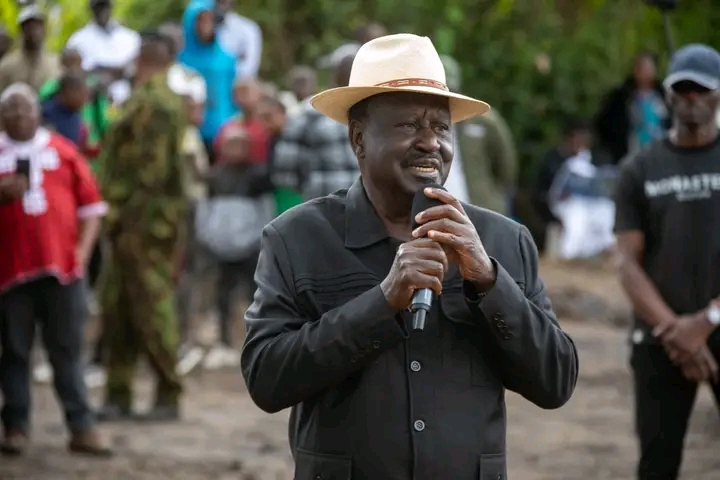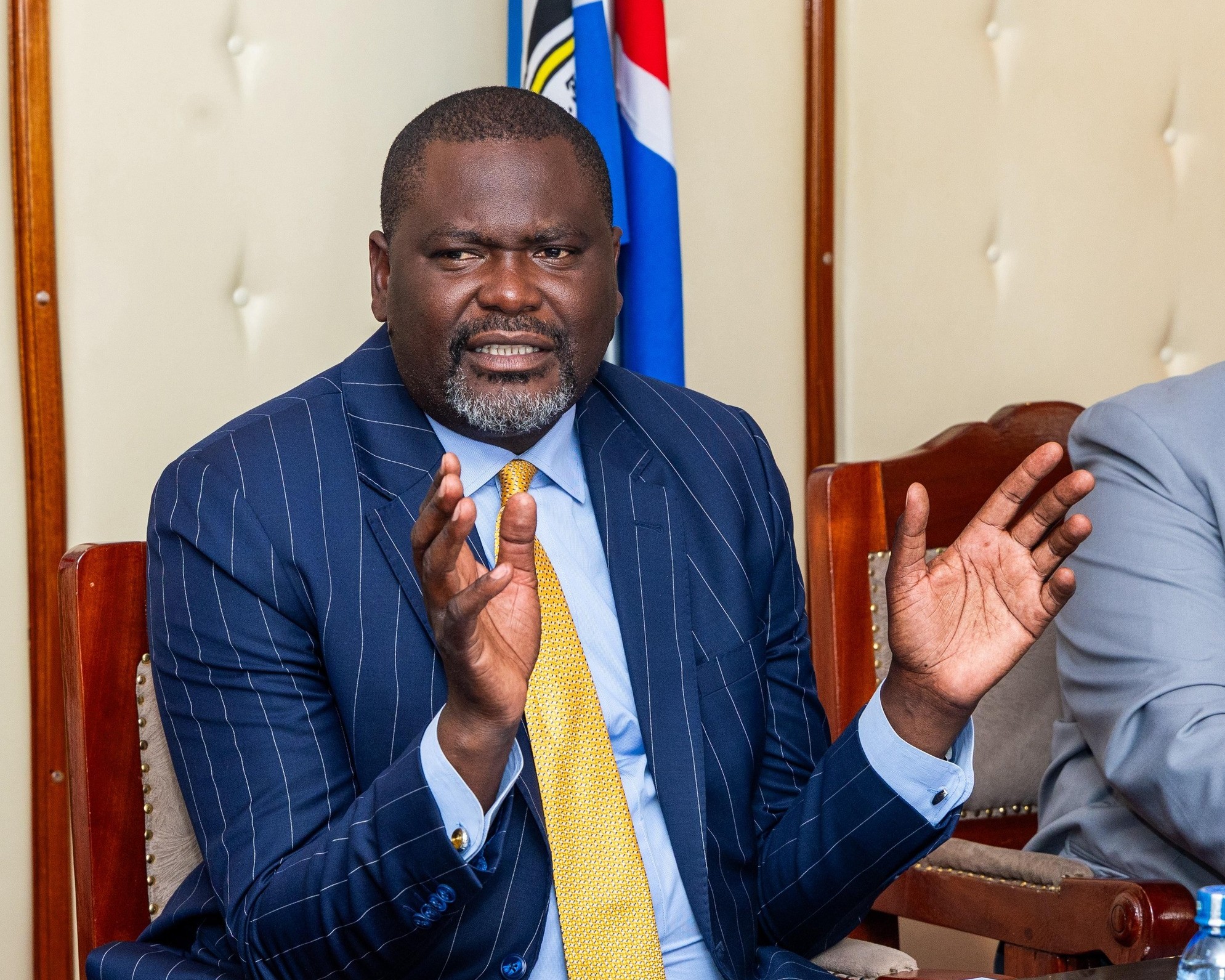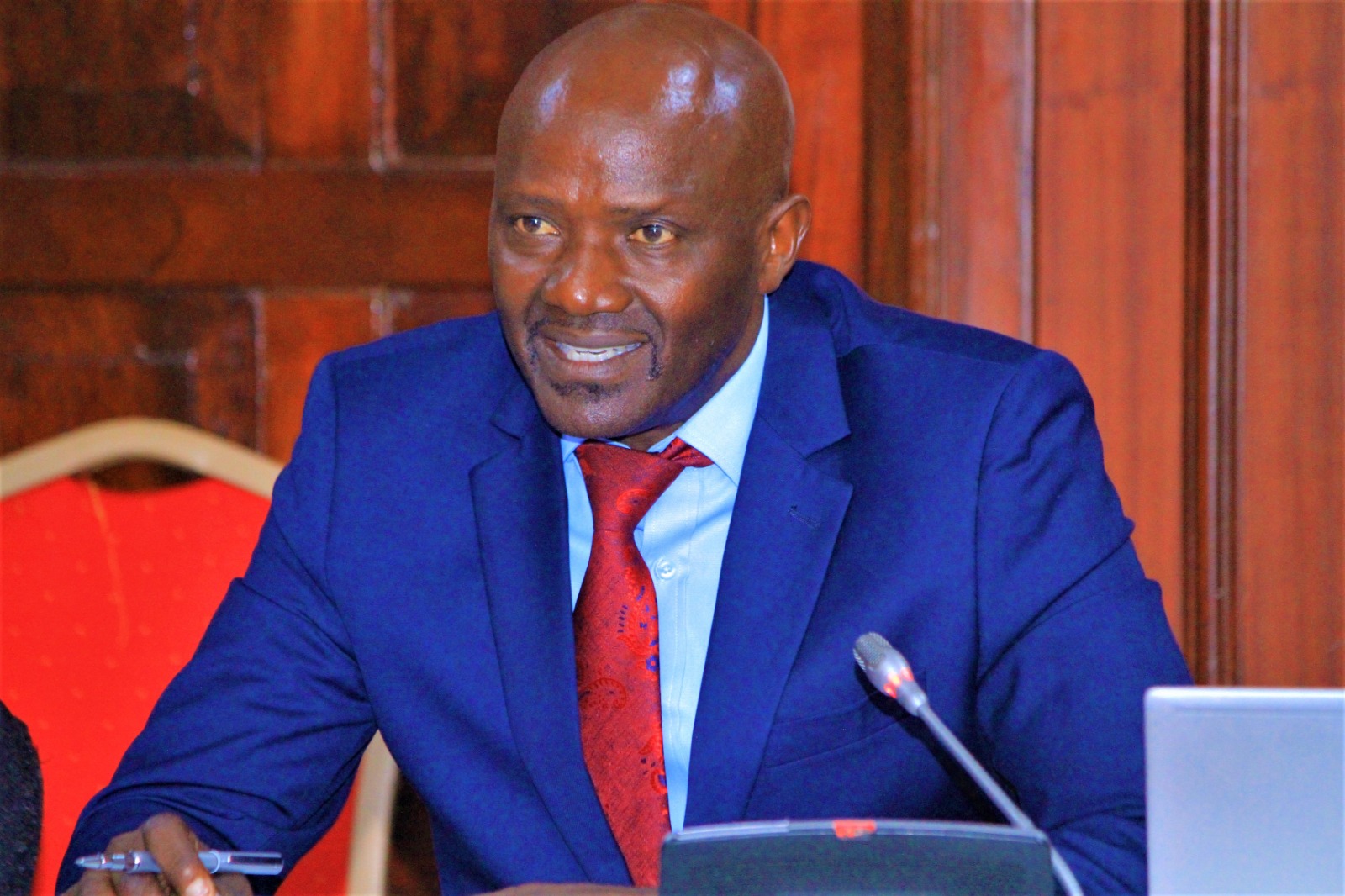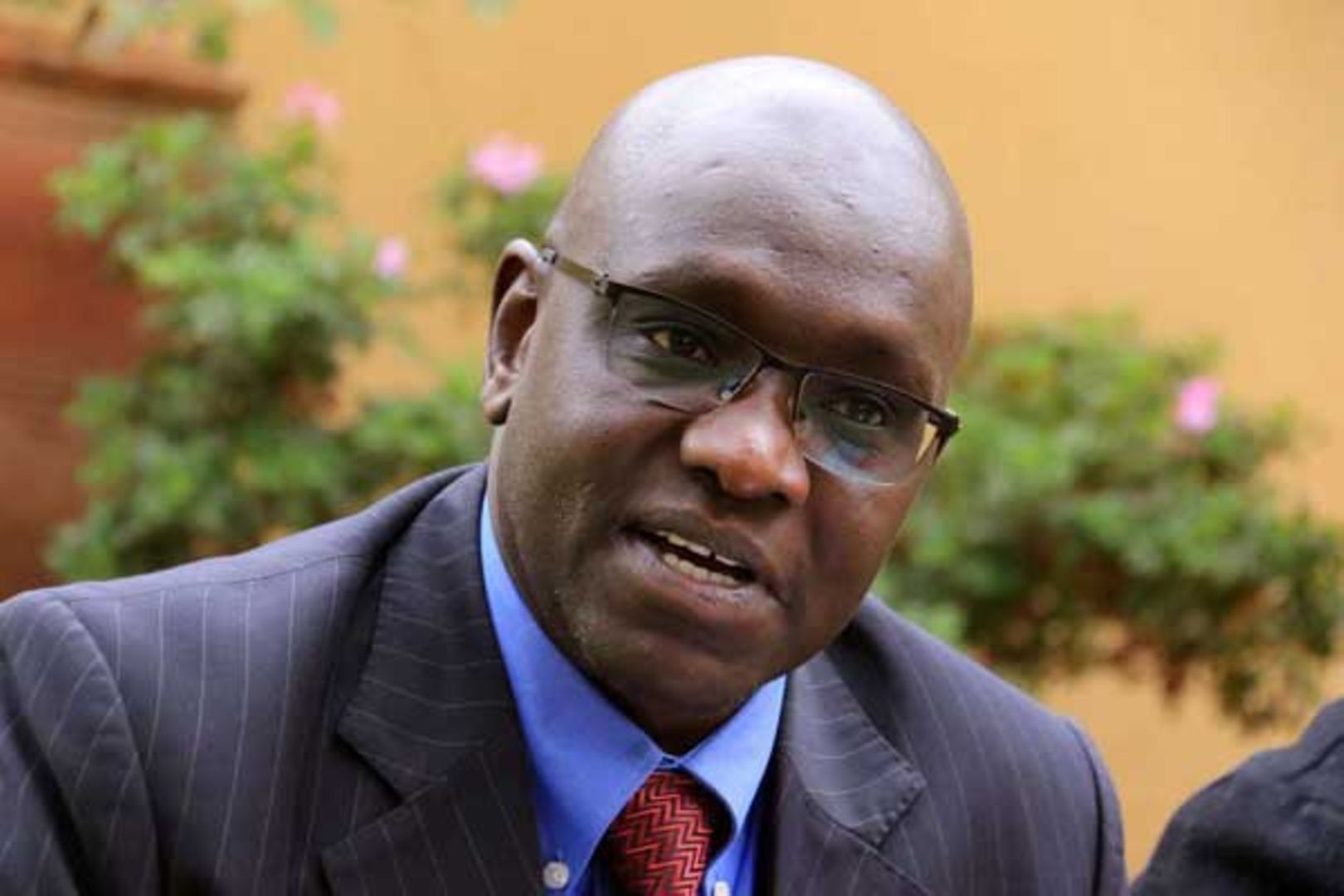President Ruto Welcomes Global Tourists to Witness Majestic Wildebeest Migration in Maasai Mara
President William Ruto welcomed global tourists to the Maasai Mara to witness the world-famous wildebeest migration, calling it a symbol of Kenya's resilience and natural beauty. The event, now recognized in the World Book of Records, attracts millions of tourists annually. Officials emphasized its ecological significance and Kenya’s commitment to conservation.
Wildebeest Migration, Maasai Mara.
Posted by William Samoei Ruto on Thursday 24 July 2025
President William Ruto has officially welcomed the world to witness the awe-inspiring wildebeest migration in the Maasai Mara, describing the annual event as a powerful symbol of Kenyas natural beauty and resilience. Speaking during a ceremony held along the banks of the Mara River on Thursday, July 24, 2025, Ruto noted that the migration is more than just a tourist attraction—it is a reflection of the unyielding spirit of the Kenyan people and the harmony between humans and nature.
Clad in traditional Maasai attire, the president expressed deep admiration for the ecological phenomenon, which has been globally recognized as one of the new seven wonders of the world. “We are gathered here in the Maasai Mara, a place where the land breathes and nature puts on her finest performance. This is the theatre of the great wildebeest migration, and it stands as a testament to endurance, courage, and life’s continuous journey,” Ruto said.
Highlighting the migration’s symbolic connection to Kenya’s national identity, Ruto drew a parallel between the annual trek of over 1.5 million wildebeest and the country’s own struggles and triumphs. “These animals cross dangerous rivers, face predators and uncertainty, yet they keep moving forward. Just like them, Kenya has faced adversity, but we adapt, we persevere, and we emerge stronger,” he added.
Narok County Governor Patrick Ole Ntutu lauded the international attention the event continues to draw, stating that the Maasai Mara is currently in its high tourist season, with visitors from across the globe flocking to witness the spectacle. He announced that the Maasai Mara National Reserve had recently been listed in the World Book of Records (UK) for hosting the largest annual terrestrial wildlife migration—featuring not just wildebeest, but also zebras and antelopes moving in synchrony across the savannah.
“This recognition is not only a victory for conservation but also an affirmation that Maasai Mara is a truly unique natural wonder. The reserve plays a central role in Kenya’s biodiversity, supporting over 25% of the nation’s wildlife species,” said Ntutu.
Tourism and Wildlife Cabinet Secretary Rebecca Miano echoed these sentiments, emphasizing that the great migration reflects the “magic” of Kenya. “This is not merely a seasonal event—it is a miraculous display of life, struggle, and beauty that represents who we are as a people. Kenya remains one of the most enchanting destinations on Earth, and we are proud to share this experience with the world,” Miano stated.
The wildebeest migration begins in Tanzania’s Serengeti before making its way into Kenya’s Maasai Mara around July, peaking in August, and then returning south around October. The migration is considered one of the most dramatic and largest wildlife movements on the planet, where predators and prey engage in a raw and unforgettable dance of survival.
Beyond its touristic value, the migration also brings attention to ongoing conservation efforts within the Mara ecosystem. With increasing global focus on climate change and biodiversity loss, Ruto reaffirmed the governments commitment to preserving such natural heritage for future generations. “Let this migration remind us of our duty to protect and sustain this land—not just for economic gain, but for the soul of our nation and the spirit of our children,” he concluded.













